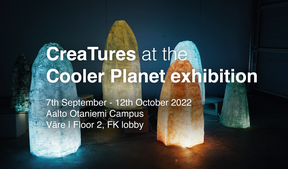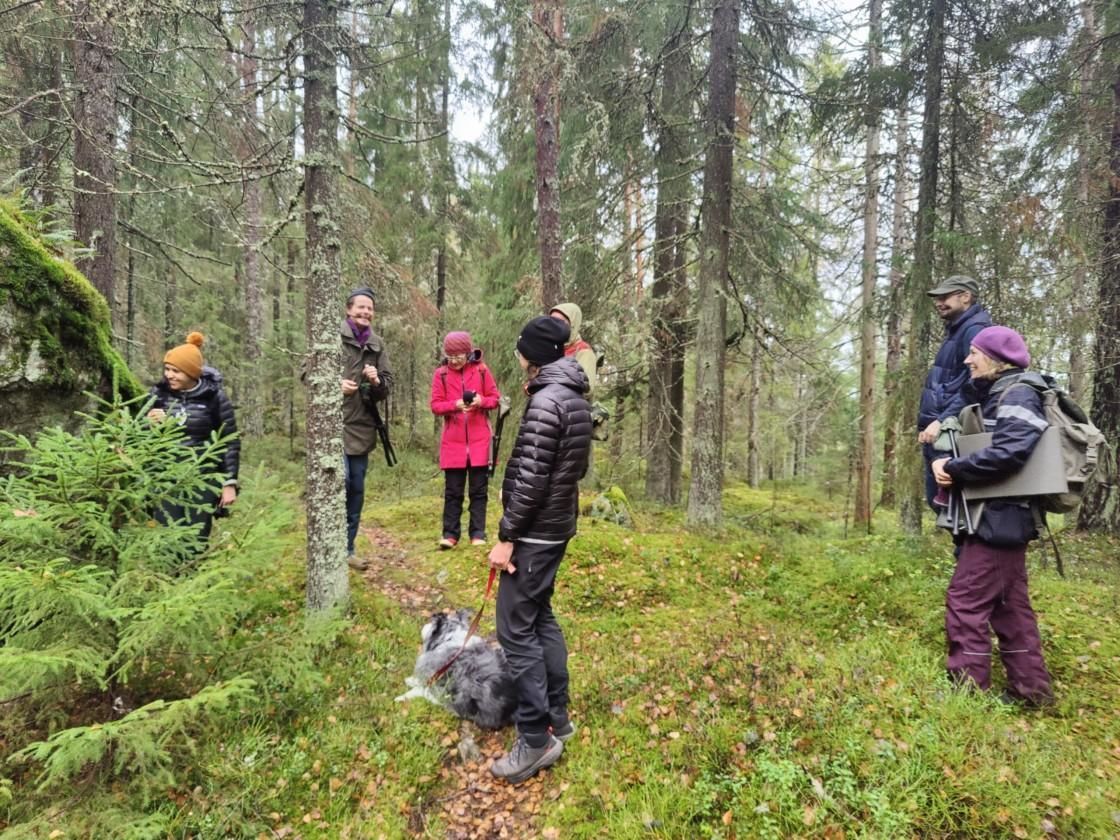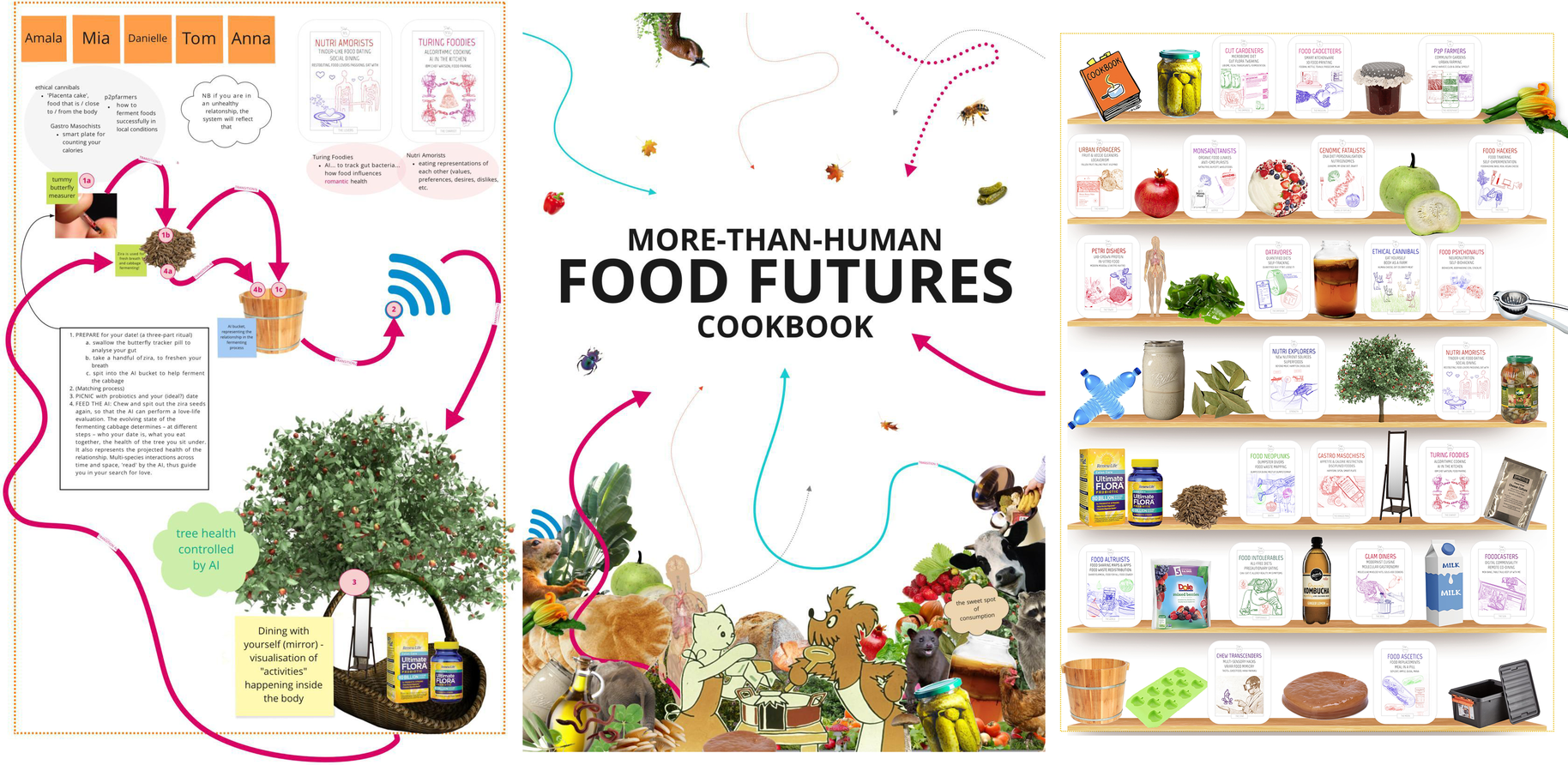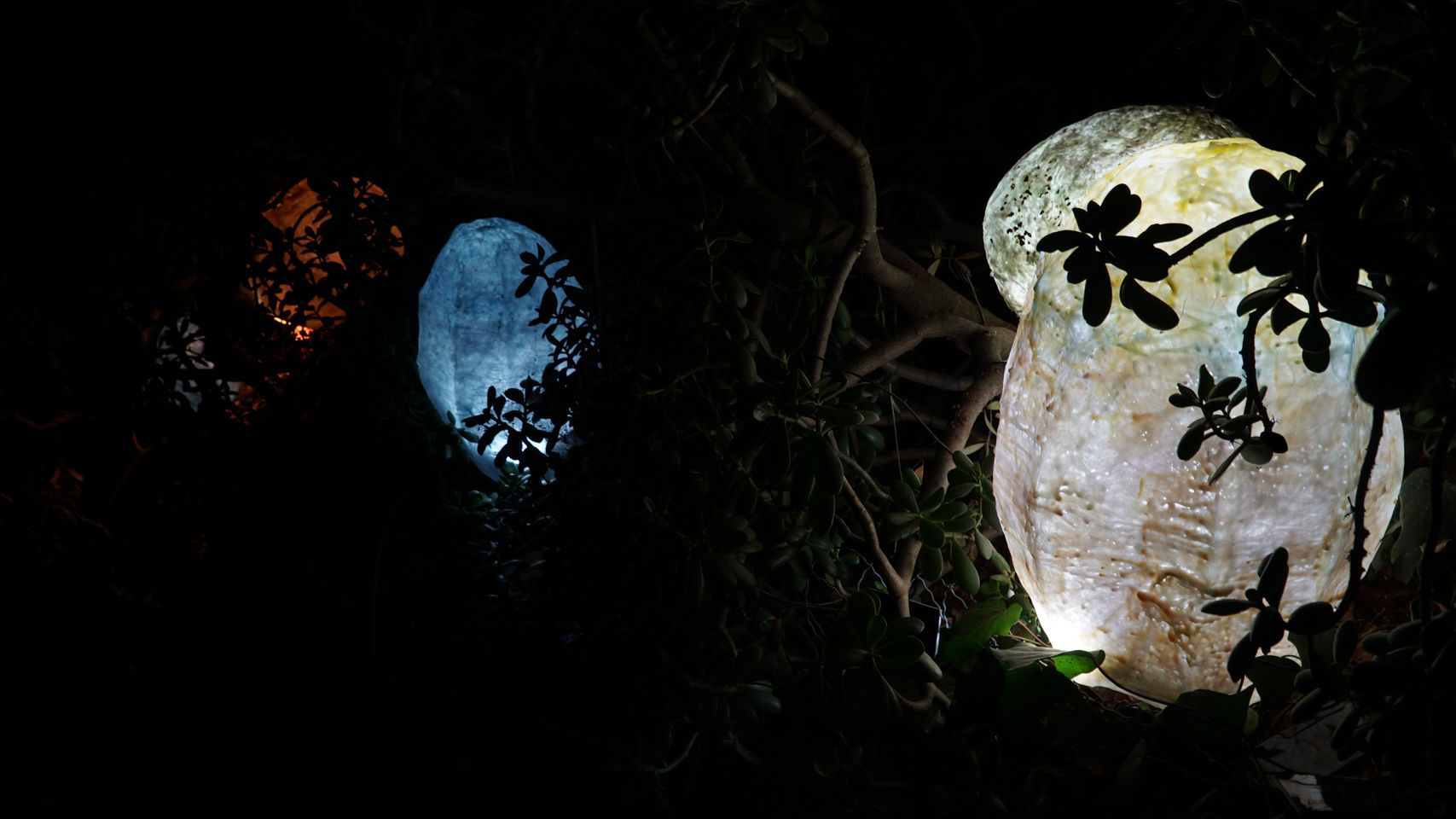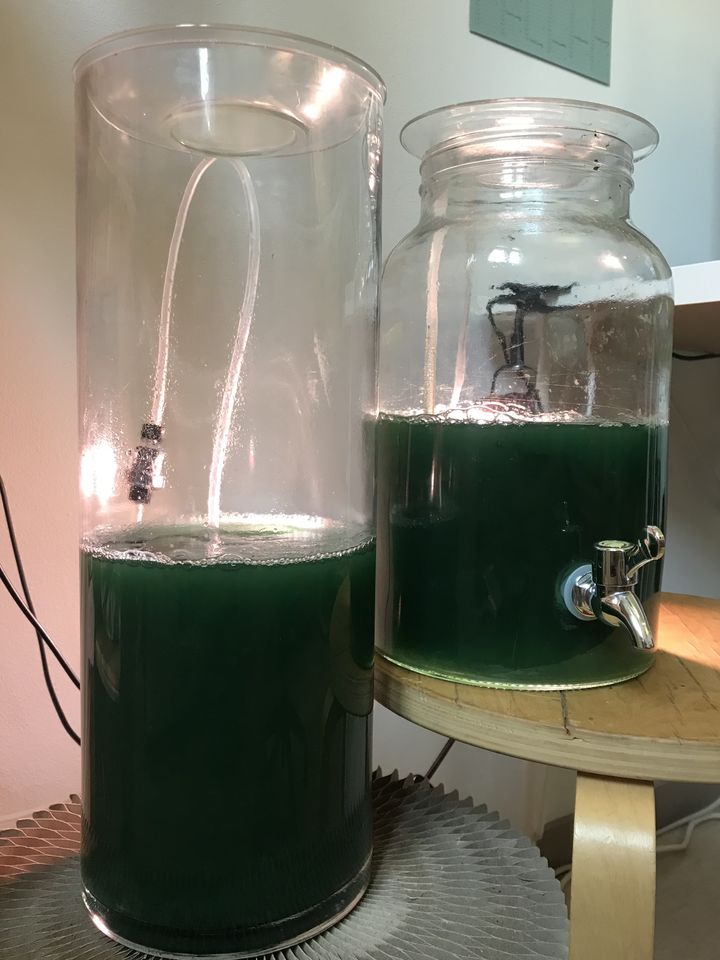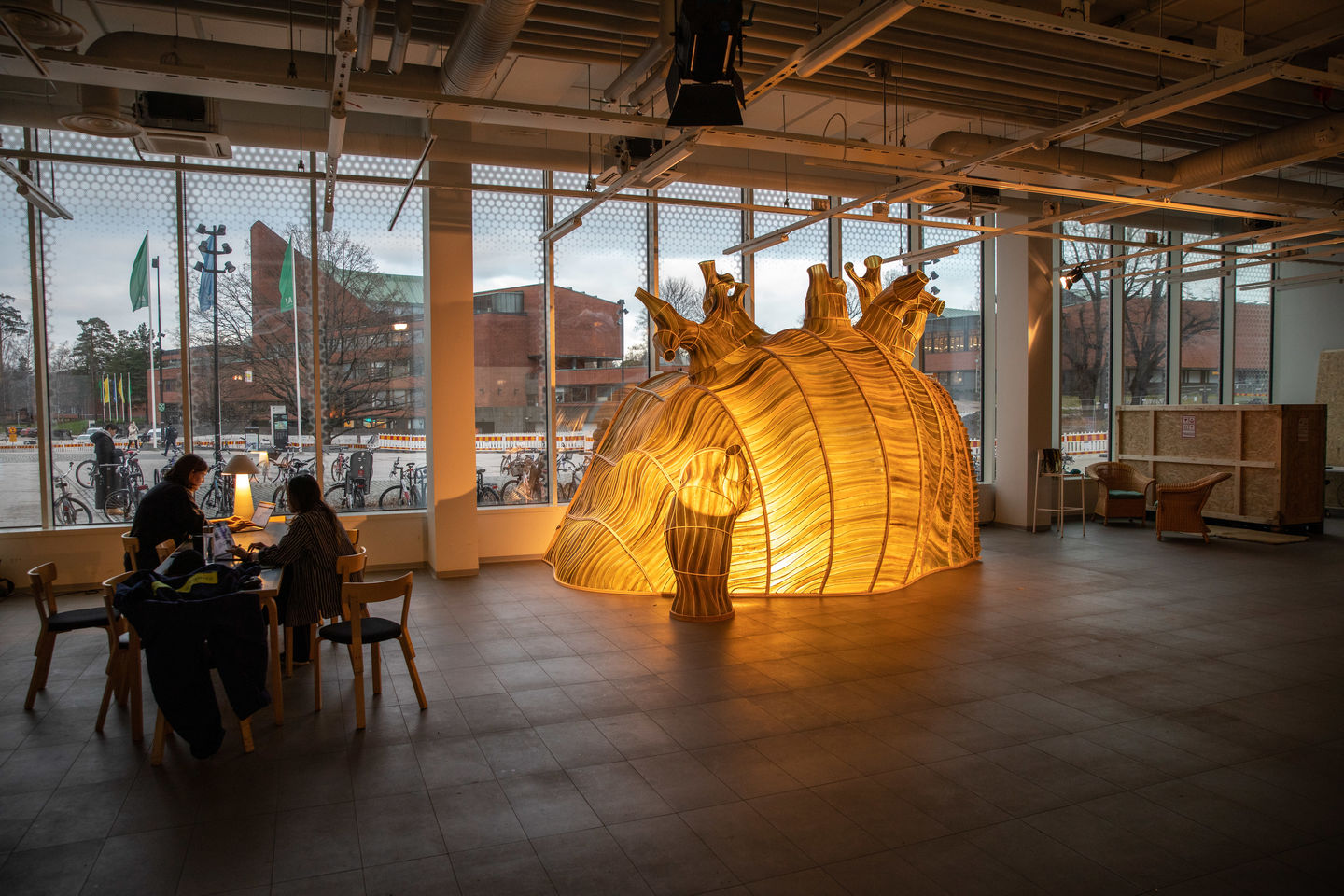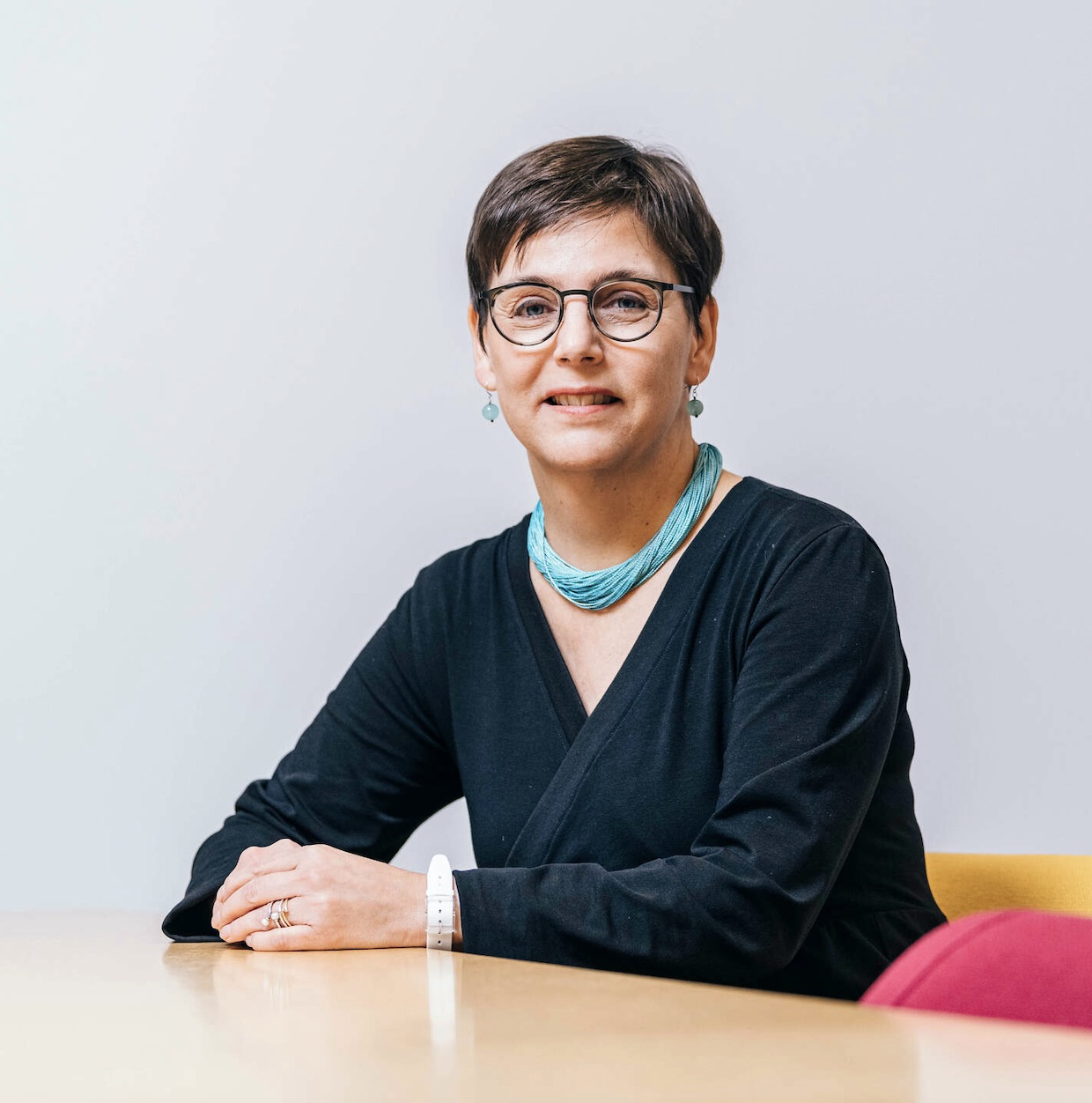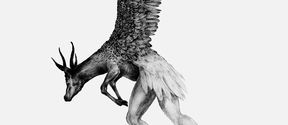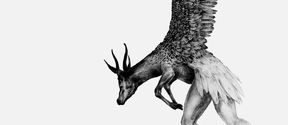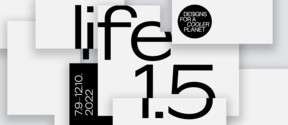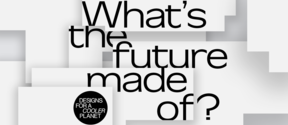Pixelache: How Do We Keep Going? Transformations In Practice
Author: Andrew Gryf Paterson, Irina Mutt, Sumugan Sivanesan, Antti Ahonen
Pixelache Helsinki is a Finland-based creative association on emerging creative practices with almost 20 years of activity in 2022. Starting as a Festival of Electronic Arts & Subcultures, throughout the past decade the association has been running a trans-disciplinary platform for emerging art, design, research, technology and activism that involved a dynamic local community, and an annual festival experimenting with a rotating directorial model. The rich association’s history and activities in the field of transformational creative practice are the core focus of the association’s process, by engaging with organisational meta-data, and Pixelache’s production office in Suvilahti as a tangible memory device. We set out the hope of answering: How do we keep going? The Cooler Planet exhibition presents two audiozines resulting from an experimental archival and ethnographic work that sought to gather perspectives from active Pixelache members reflecting upon how the organisation has transformed between 2013-2019 via objects and narratives. Within the space are several of the objects referenced in the audiozines, as well as a handmade Gantt chart showing active members in the association.
Find out more about the association here
Image: Maker Contribution to Dodo ry’s ‘Megapolis 2026: Energetic Cities’, as part of Pixelache’s outreach & education programme ‘Pixelversity’, Helsinki, 15.10.2011 (image credit: Antti Ahonen).







